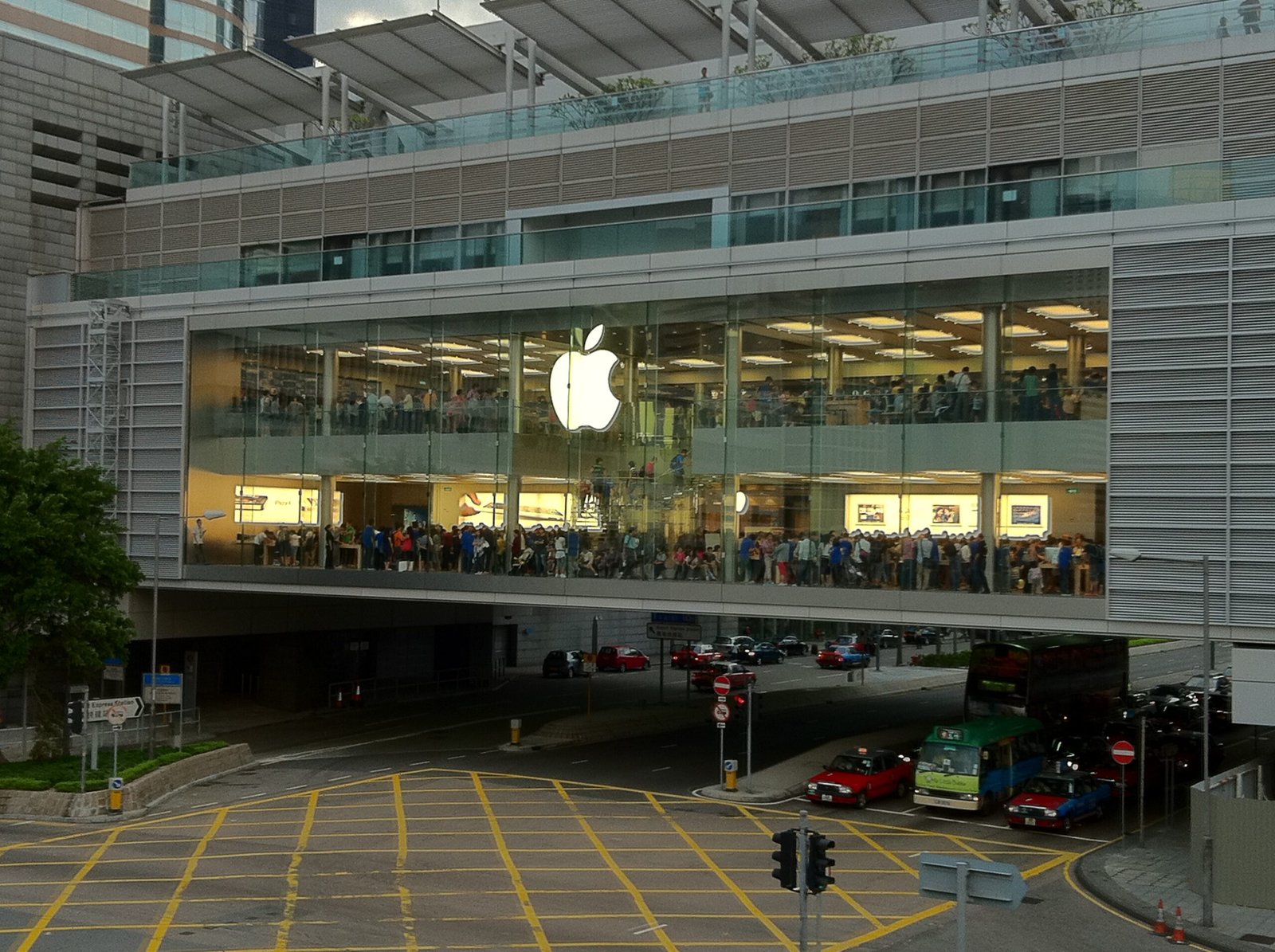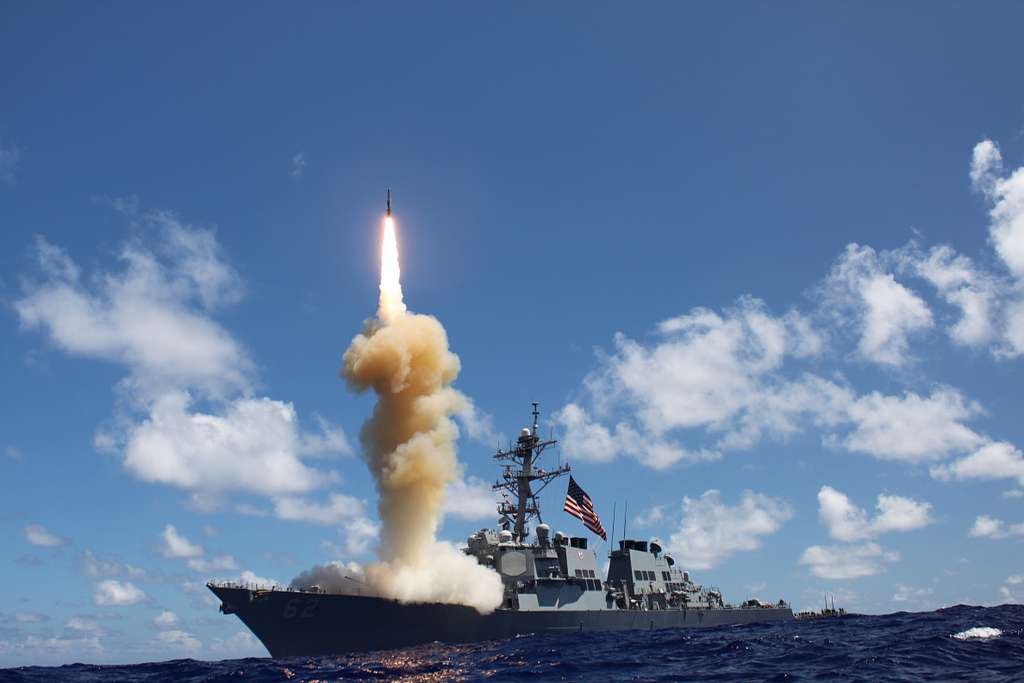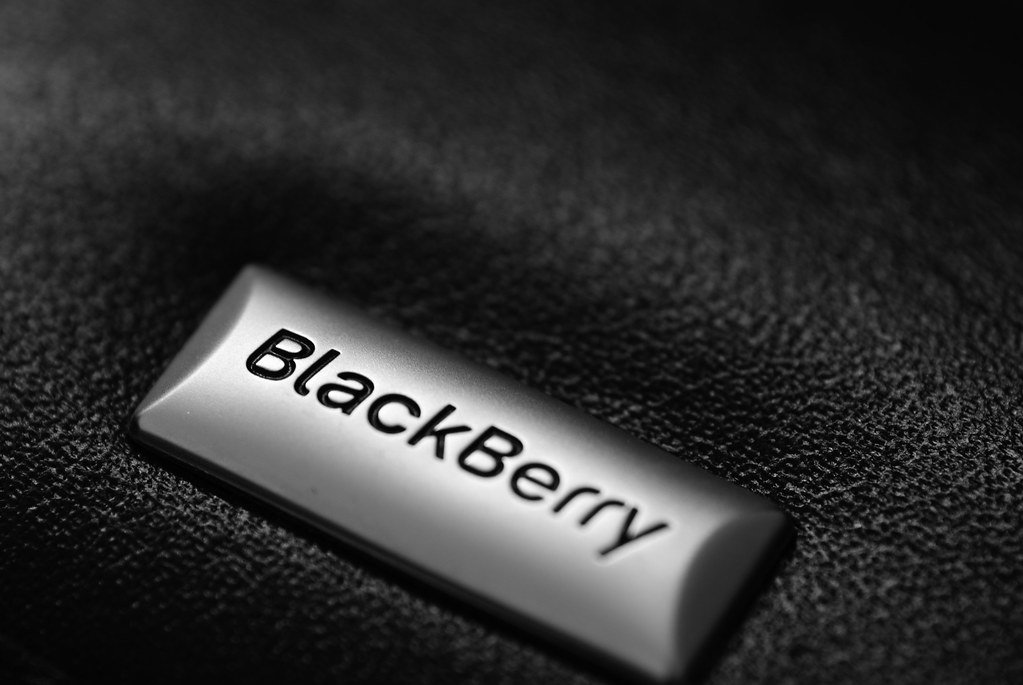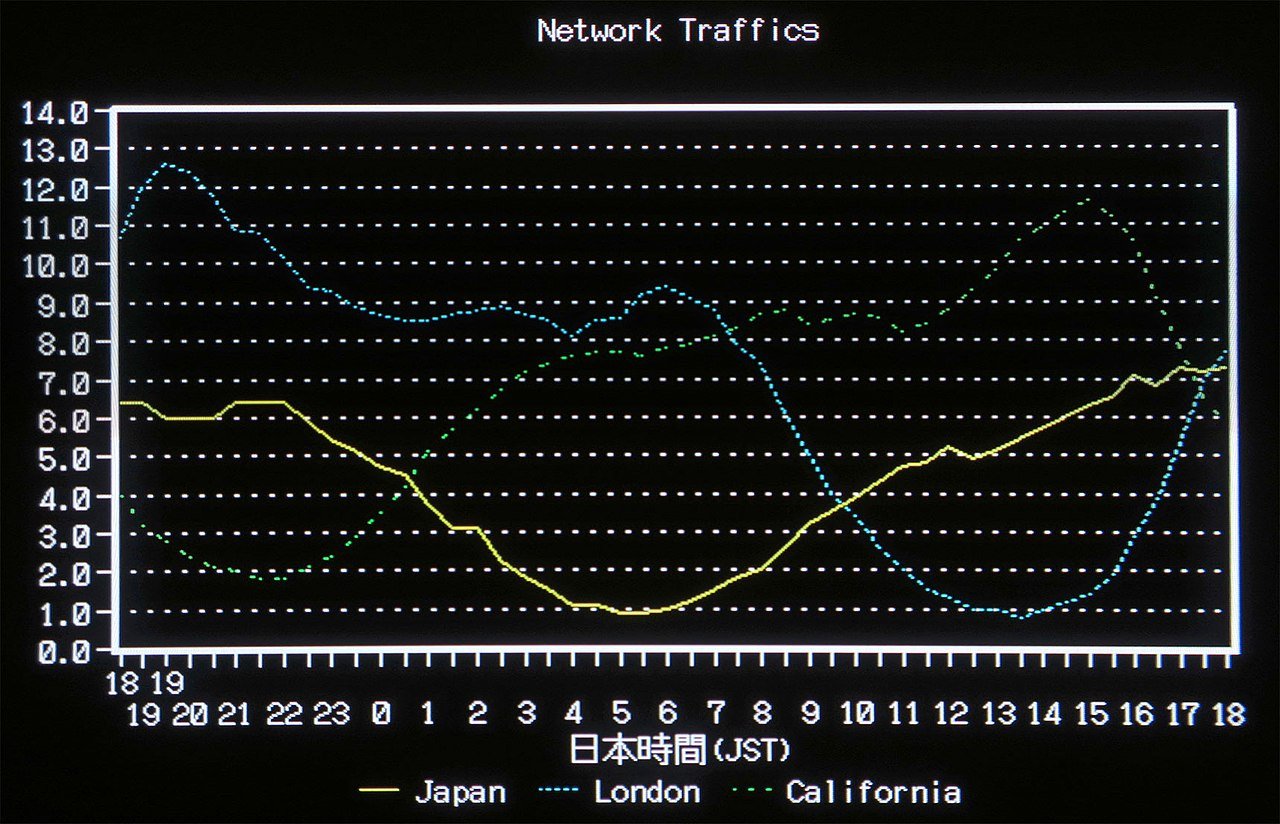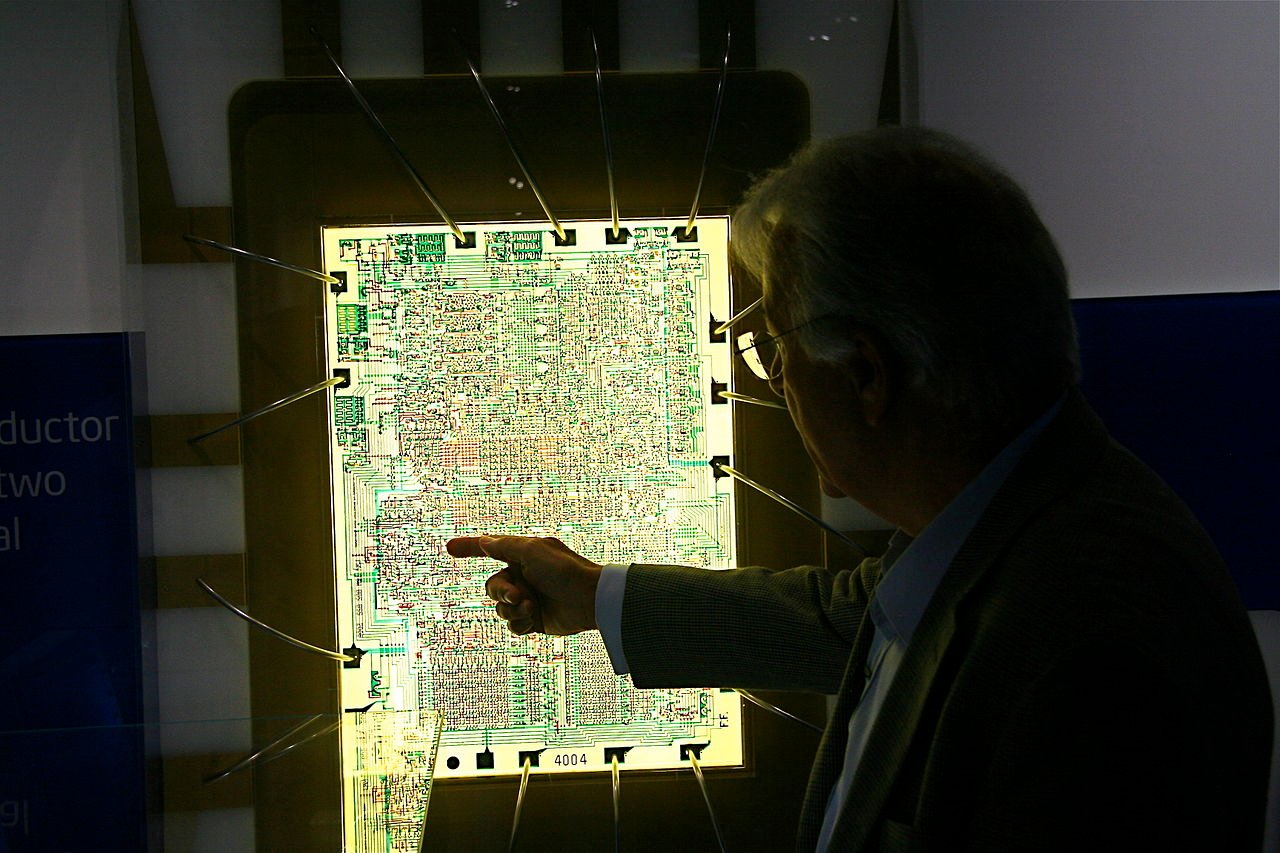Steve Jobs’ journey with NeXT Computer is a fascinating chapter in the history of technology, marked by both remarkable innovation and notable challenges. Launched in 1988, NeXT was Jobs’ ambitious project following his departure from Apple. The goal was to create a revolutionary computing machine that would set new standards in the industry. Despite its groundbreaking technology, NeXT Computer faced significant hurdles, including high costs and limited market appeal. In this article, we’ll explore NeXT Computer’s development, technological innovations, and the reasons behind its commercial struggles.
Table of Contents
The Genesis of NeXT Computer

The Vision Behind NeXT
In 1985, Steve Jobs left Apple, the company he co-founded, following a boardroom power struggle. Fueled by a vision to redefine computing, Jobs established NeXT Inc. in 1985. He aimed to create a machine that would cater to higher education and business markets, offering unprecedented power and capabilities. The NeXT Computer was conceived as a high-end workstation with advanced features that could push the boundaries of what personal computers could achieve.
Technological Innovations
The NeXT Computer was notable for its cutting-edge technology. At its core was a Motorola 68030 processor, which was state-of-the-art at the time. The machine boasted a sleek, black, cube-shaped design and featured a high-resolution display, an optical drive, and a unique operating system called NeXTSTEP. NeXTSTEP was groundbreaking for its object-oriented programming environment, which influenced many future software developments, including Apple’s macOS.
The NeXT Computer also included features like a magneto-optical disk drive, which allowed for high-capacity storage and reliable data retrieval. The machine’s design was both functional and aesthetically pleasing, embodying Jobs’ philosophy of combining form and function.
Why Did the NeXT Computer Fail?
Despite its innovations, the NeXT Computer struggled in the marketplace. Here are some key factors contributing to its failure:
High Costs
One of the main reasons for the NeXT Computer’s commercial struggles was its high price. At a starting price of $6,500, it was significantly more expensive than competing machines. This price point made it inaccessible to the broader market and limited its appeal to educational institutions and high-end businesses. The cost also restricted NeXT’s ability to achieve mass adoption.
Market Positioning
NeXT aimed to target the higher education and business sectors with its advanced technology. However, NeXT Computer still needs to fully address the specific needs of these markets. Educational institutions and businesses often had more immediate and practical computing requirements that NeXT Computer’s high-end features still needed to meet. This misalignment between market needs and product offerings further hindered its success.
Limited Software Ecosystem
Although NeXTSTEP was a revolutionary operating system, the lack of software applications available for the NeXT Computer was a significant drawback. Developers were slow to adopt the new platform, which meant that users had limited software choices. This lack of software support made the NeXT Computer less attractive to potential buyers who were looking for a more comprehensive computing solution.
How Many NeXT Computers Were Sold?
Despite its limited commercial success, the NeXT Computer made a significant impact on the tech industry. It is estimated that approximately 50,000 units were sold over the product’s lifespan, a modest number compared to the millions of units sold by mainstream competitors at the time. However, the influence of the NeXT Computer cannot be measured by sales figures alone.
Modest Sales Figures
Several factors hindered the NeXT Computer’s sales, including its high price point and limited market appeal. The machine was primarily targeted at educational institutions and high-end business users, which restricted its potential customer base. Moreover, the high cost of $6,500 made it unaffordable for many organizations and individuals, further limiting its market penetration.
Impact on the Tech Industry
While the NeXT Computer did not achieve widespread commercial success, its technological innovations left a lasting legacy in the computing world. The NeXTSTEP operating system, for example, introduced several advanced features that were ahead of their time, such as a graphical user interface (GUI) and object-oriented programming capabilities. These innovations influenced the development of future operating systems, including macOS, which was built upon the foundation of NeXTSTEP after Apple acquired NeXT in 1996.
Lasting Influence
The NeXT Computer also played a crucial role in the development of the World Wide Web. Tim Berners-Lee, the inventor of the Web, used a NeXT Computer to create the first web browser and web server. This pivotal moment in computing history it highlighted the NeXT Computer’s significance despite its low sales numbers.
The NeXT Computer Experience
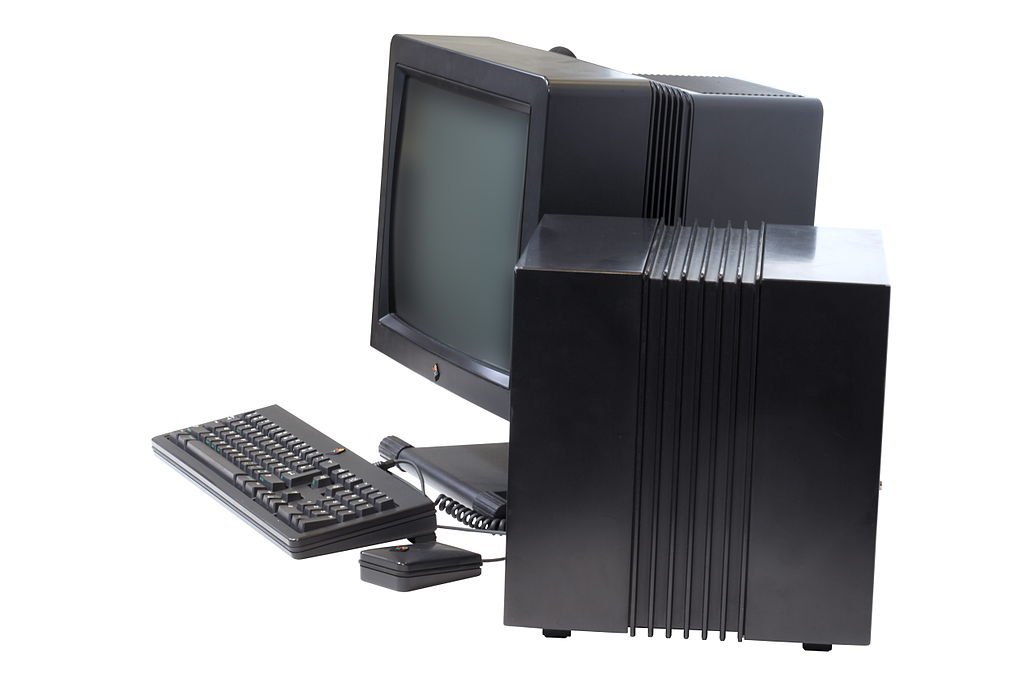
Design and Aesthetics
The NeXT Computer was a departure from traditional computing hardware, marked by its distinctive and elegant design. The cube-shaped chassis, measuring 12 inches on each side, was encased in a matte black finish, giving it a sleek and modern appearance. The design was not just about looks; it also had a functional aspect. The cube’s compact form factor allowed for efficient use of space and the system’s components were housed in a way that facilitated cooling and maintenance.
The system featured a high-resolution, grayscale display with a resolution of 1120 x 832 pixels, which was superior to many monitors of its time. This display was crucial for professional tasks that required detailed graphics and precise visual output. The NeXT Computer also came with an optical drive, which was a novel feature at the time, providing a new method of data storage and retrieval.
NeXTSTEP Operating System
NeXTSTEP was one of the most revolutionary aspects of the NeXT Computer. This object-oriented operating system was developed with the intention of making computing more intuitive and flexible. It introduced several advanced concepts that were ahead of its time:
Object-Oriented Programming
NeXTSTEP allowed developers to create software in an object-oriented manner, which simplified code management and encouraged reusable software components. This paradigm shift influenced future programming languages and environments.
Graphical User Interface (GUI)
One of NeXTSTEP’s standout features was its GUI. It included a graphical interface with draggable windows, icons, and menus, providing a more user-friendly experience than the text-based interfaces of the time. The GUI design was a precursor to many elements seen in modern operating systems.
Development Tools
NeXTSTEP came bundled with powerful development tools, including Interface Builder. This tool allowed developers to create graphical user interfaces by dragging and dropping elements, making application development more accessible and less cumbersome.
Market Reception
Upon its release, the NeXT Computer garnered significant attention for its innovative features and design. The technology press praised its advanced hardware and software, highlighting its potential to influence the future of personal computing. However, despite the initial buzz, the machine faced several challenges in gaining traction in the marketplace.
The high cost of NeXT Computer limited its appeal to a niche market. Educational institutions and businesses with a budget for high-end computing equipment were the primary buyers. However, NeXT Computer’s offerings only sometimes met the specific needs of these markets. The product’s high price point, coupled with a limited software ecosystem, constrained its market penetration.
Sales and Distribution
In an effort to expand its reach, NeXT engaged in various marketing and distribution strategies. The company targeted educational institutions, which were seen as potential adopters of cutting-edge technology. NeXT also established partnerships with software developers to create applications for its platform, aiming to build a robust ecosystem around the NeXT Computer.
Despite these efforts, the sales figures needed to meet expectations. By the early 1990s, it was clear that the NeXT Computer would not achieve the widespread commercial success that Jobs had envisioned. The limited production runs and niche market focus contributed to the relatively low sales numbers, with approximately 50,000 units sold throughout its lifespan.
Innovations Beyond the Computer
The NeXT Computer’s influence extended beyond the realm of hardware and software. The technologies developed for NeXTSTEP laid the groundwork for future innovations. For example, the object-oriented programming concepts and GUI design principles introduced by NeXTSTEP were incorporated into later operating systems and software development practices.
Furthermore, the NeXT Computer’s emphasis on high-quality design and functionality influenced subsequent generations of computing hardware. The principles of integrating form and function, as demonstrated by the NeXT Computer, continued to shape the design philosophy of future tech products.
The Development of NeXT Computer

From Concept to Reality
Steve Jobs envisioned the NeXT Computer as a revolutionary machine that would redefine the computing landscape. The project began with the formation of a team composed of some of the top engineers and designers in the industry. Jobs’ vision was to create a computer that not only featured cutting-edge technology but also embodied elegance and simplicity in its design. He believed that technology should be a blend of power and beauty, a philosophy that drove every aspect of the NeXT Computer’s development.
The development process was meticulous, with Jobs personally overseeing the design and functionality to ensure that the final product would meet his high standards. The team was tasked with pushing the boundaries of what was technologically possible at the time, all while maintaining an intuitive user experience. This focus on both the technical and aesthetic aspects set the NeXT Computer apart from other machines of its era.
Key Technical Specifications
The NeXT Computer was a powerhouse of innovation, boasting several high-end technical specifications that were considered groundbreaking at the time:
Processor
The NeXT Computer was equipped with a 25 MHz Motorola 68030 processor. This processor was among the fastest available in the late 1980s, offering superior processing power for complex tasks.
Memory
The machine came standard with 8 MB of RAM, which was expandable to 64 MB. This was a significant amount of memory for the time, allowing the NeXT Computer to handle more demanding applications and multitasking with greater efficiency.
Storage
One of the most innovative features of the NeXT Computer was its 256 MB magneto-optical disk drive. This drive was a cutting-edge storage solution that combined high capacity with data reliability, allowing users to store large amounts of data securely.
Graphics
The NeXT Computer’s graphics capabilities were equally impressive. It featured a high-resolution display with 1,112 x 832 pixels, which offered users clear and detailed visuals, making it ideal for graphic design, scientific simulations, and other visually intensive tasks.
These specifications placed the NeXT Computer ahead of its time, making it a desirable machine for those who could afford it.
Challenges in Development
However, the journey from concept to reality was filled with challenges, particularly in balancing innovation with cost. Steve Jobs’ insistence on incorporating the latest technology led to high production costs, resulting in a steep retail price of $6,500. This made the NeXT Computer inaccessible to a broad audience and limited its market appeal.
The development process also encountered several technical hurdles. Integrating new hardware and software innovations, such as the magneto-optical drive, proved problematic, requiring extensive troubleshooting and refinement. These challenges led to delays in the product’s release, complicating its commercial prospects. Despite these obstacles, the NeXT Computer emerged as a testament to the fusion of vision and technology, though its high cost and development complexities ultimately hindered its widespread success.
NeXT Computer in the Education Sector
Targeting Academia
One of NeXT’s primary markets was higher education. Steve Jobs believed that universities could benefit from the advanced capabilities of the NeXT Computer, particularly in research and development. NeXT Computers were introduced to various academic institutions, where they were used for a range of applications from scientific research to engineering projects.
Educational Impact
The NeXT Computer was adopted by several prestigious universities and research institutions, where it was praised for its advanced software development tools and high-quality display. It became a valuable asset for research and educational purposes, providing a platform for students and faculty to explore new technologies and programming techniques.
Challenges in Academia
Despite its technological advantages, the NeXT Computer faced obstacles in academia as well. The high cost made it a complicated purchase for many institutions, which were often constrained by budget limitations. Additionally, the specific needs of academic departments sometimes needed to align perfectly with the features offered by the NeXT Computer, leading to limited adoption in some cases.
NeXT Computer in Business

Marketing to Businesses
In addition to academia, NeXT targeted businesses as a potential market for the NeXT Computer. The machine was positioned as a powerful workstation for professional use, particularly in industries that required advanced computing capabilities such as graphics design, software development, and engineering.
Adoption in the Business Sector
Some businesses did adopt the NeXT Computer, appreciating its advanced features and design. Companies involved in cutting-edge technology and research found value in the machine’s high performance and innovative software. However, widespread adoption was limited by the high cost and the relatively niche market focus.
Business Sector Challenges
The primary challenge in the business sector was the same as in academia: the high price. Many businesses found the NeXT Computer to be an expensive investment, particularly when compared to more affordable alternatives. Additionally, the specific applications and software available for the NeXT Computer are sometimes aligned with the needs of mainstream businesses.
NeXT’s Influence on Future Technologies
Influence on Apple’s macOS
One of the most significant impacts of the NeXT Computer was its influence on Apple’s macOS. After Apple acquired NeXT in 1996, the NeXTSTEP operating system formed the foundation for what would become macOS. The integration of NeXTSTEP’s advanced features, such as its object-oriented programming environment and graphical interface, played a crucial role in the development of modern macOS.
Contributions to Software Development
The NeXT Computer’s object-oriented programming environment and development tools had a lasting influence on software development practices. The concepts introduced by NeXTSTEP inspired the development of new programming languages and frameworks, which continue to be used in modern software development.
Innovations in Design and User Experience
The design principles demonstrated by the NeXT Computer set a standard for future tech products. The emphasis on combining form and function, as well as the focus on user experience, influenced the design philosophy of subsequent technology innovations. Many of these principles can be seen in the design of current consumer electronics and software interfaces.
NeXT’s Cultural Impact
Popular Culture References
The NeXT Computer’s sleek design and innovative technology caught the attention of popular culture. It appeared in various films and television shows, often symbolizing cutting-edge technology and sophistication. The machine’s distinctive look and advanced features made it a recognizable icon in the tech world.
Influence on Tech Entrepreneurs
The NeXT Computer’s story has inspired many tech entrepreneurs and innovators. The challenges faced by NeXT, combined with its technological advancements, serve as a case study in the tech industry. Entrepreneurs often reference the NeXT Computer’s legacy as a lesson in balancing innovation with market realities.
NeXT Computer’s Lasting Legacy and Influence
Influence on Apple’s Revival
One of the most significant aspects of the NeXT Computer’s legacy is its role in Apple’s revival. In 1996, Apple acquired NeXT Inc. for $429 million, bringing Steve Jobs back to the company. The acquisition led to the integration of NeXTSTEP technology into Apple’s ecosystem, which ultimately resulted in the development of macOS. This merger played a crucial role in revitalizing Apple and positioning it as a leading force in personal computing.
Technological Contributions
The NeXT Computer’s innovations laid the groundwork for many future developments in computing. NeXTSTEP’s object-oriented programming environment influenced modern software development practices and contributed to the evolution of user interfaces. The NeXT Computer’s design and technological advancements demonstrated the potential of high-performance workstations, even if the product itself did not achieve widespread commercial success.
Influence on Future Technologies
Beyond its direct impact, the NeXT Computer’s technological advancements and design principles set a precedent for future innovations. The machine’s emphasis on high-quality displays, integrated software environments, and sleek aesthetics contributed to shaping the future of personal and professional computing.
Steve Jobs’ NeXT Computer remains a fascinating example of innovation and ambition in the tech world. While it faced significant challenges and did not achieve commercial success on a large scale, its contributions to computing technology and its role in Apple’s history cannot be overlooked. The NeXT Computer’s influence continues to be felt in the modern computing landscape, demonstrating that even products that do not achieve commercial success can leave a lasting legacy.
By examining the NeXT Computer’s story, we gain insight into the complexities of technological innovation and the factors that contribute to a product’s success or failure. Steve Jobs’ vision and determination in the face of challenges continue to inspire and influence the tech industry today.
